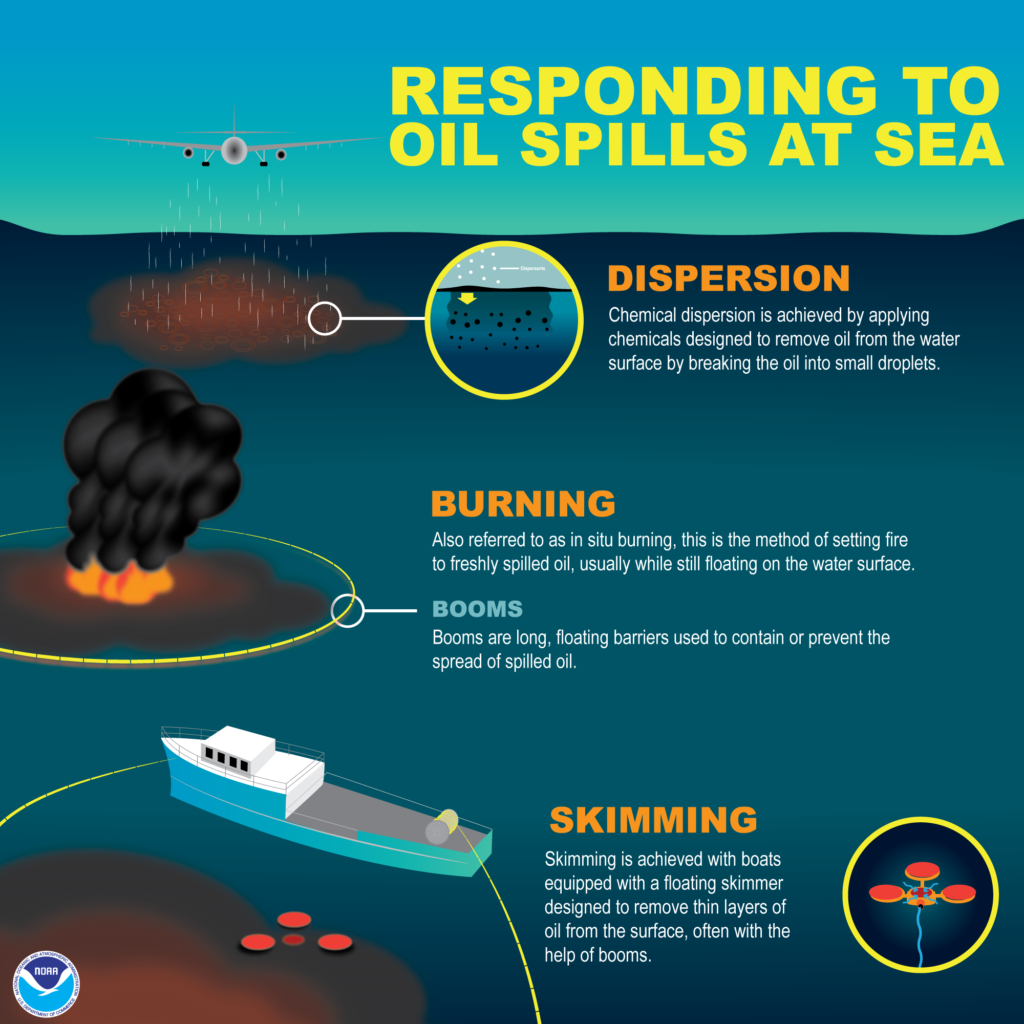What do you do if you come across a spill or leak?

When it comes to spills or leaks, prompt action is crucial to minimize the potential risks and damages. Whether it's a chemical spill, oil leak, or any other hazardous material incident, knowing how to properly respond is essential. In this article, we will guide you through the necessary steps and precautions to take when encountering a spill or leak situation.
- The Importance of Prompt Action
- Identifying the Type of Spill or Leak
- Initial Steps to Take
- Containment and Prevention Measures
- Proper Cleanup Techniques
- Disposal of Hazardous Materials
- Dealing with Chemical Spills
- Emergency Response Procedures
- Training and Preparedness
- Conclusion
- Frequently Asked Questions
The Importance of Prompt Action
Reacting quickly to a spill or leak is vital to prevent further contamination and harm to the environment, human health, and property. Delayed response can lead to increased cleanup costs, long-term damage, and potential legal consequences. It is essential to address the situation promptly and efficiently.
Identifying the Type of Spill or Leak
Before taking any action, it is important to identify the type of spill or leak you are dealing with. This will help determine the appropriate response and precautions to be taken. Some common types include chemical spills, oil leaks, or hazardous material releases.
Initial Steps to Take
Once you have identified the spill or leak, there are some initial steps you should take to minimize the impact:
- Assess the situation: Determine the size and severity of the spill or leak.
- Secure the area: Establish a safety perimeter and restrict access to prevent accidental exposure.
- Notify authorities: Report the incident to the appropriate authorities or emergency response team.
- Alert nearby individuals: Inform people in the vicinity about the spill or leak to ensure their safety.
Containment and Prevention Measures
Proper containment and prevention measures are crucial to limit the spread of the spill or leak. Depending on the nature of the incident, you may need to:
- Use absorbent materials: Deploy appropriate absorbents to contain and soak up the spilled substance.
- Plug or seal leaks: If possible, stop the source of the leak or seal any openings to prevent further release.
- Deploy barriers: Use barriers like booms or absorbent socks to prevent the spill from spreading.
Proper Cleanup Techniques
Once the spill or leak is contained, it is important to follow proper cleanup techniques:
- Wear personal protective equipment (PPE): Use appropriate PPE such as gloves, goggles, and protective clothing to safeguard yourself during cleanup.
- Follow cleanup procedures: Refer to the material safety data sheet (MSDS) or specific guidelines to determine the correct cleanup procedures for the spilled substance.
- Dispose of contaminated materials: Place the contaminated materials in designated containers for proper disposal.
Disposal of Hazardous Materials
When it comes to the disposal of hazardous materials, it is important to comply with local regulations and guidelines. Separate the hazardous waste from other waste streams and dispose of it in accordance with the appropriate procedures. Contact your local waste management authorities for guidance on proper disposal methods.
Dealing with Chemical Spills
Chemical spills require extra caution and expertise. If you are not trained to handle chemical spills, it is best to contact professionals who have the necessary knowledge and equipment. Proper containment, neutralization, and cleanup methods are essential to minimize the risks associated with chemical spills.
Emergency Response Procedures
Having clear emergency response procedures in place is crucial to ensure a swift and effective response to spills or leaks. Train your staff on these procedures and conduct regular drills to ensure everyone is prepared to handle such incidents.
Training and Preparedness
Regular training and preparedness are key to effectively handle spills or leaks. Keep your team updated on the latest safety protocols, provide them with appropriate training, and conduct periodic refresher courses to ensure their readiness in case of an incident.
Conclusion
When it comes to spills or leaks, taking prompt and appropriate action is essential. By following the proper procedures for identification, containment, cleanup, and disposal, you can effectively minimize the risks and damages associated with such incidents. Remember, safety should always be the top priority.
Frequently Asked Questions
Q1: How should I safely approach a spill or leak?
When approaching a spill or leak, it is important to prioritize your safety. Assess the situation from a safe distance and ensure you have the necessary personal protective equipment (PPE) before getting closer.
Q2: What personal protective equipment (PPE) should I use?
The type of PPE required may vary depending on the nature of the spill or leak. However, common PPE includes gloves, goggles, protective clothing, and respiratory protection if necessary. Refer to the specific guidelines or safety data sheet for the spilled substance.
Q3: Are there any specific cleanup methods for oil spills?
Oil spills require specialized cleanup methods. Depending on the size and location of the spill, techniques such as containment booms, skimmers, and sorbents may be used to remove the oil from the water surface.
Q4: What are the legal requirements for reporting a spill or leak?
Legal requirements for reporting spills or leaks may vary by jurisdiction. It is important to familiarize yourself with the specific regulations in your area. In general, immediate reporting to the appropriate authorities or emergency response team is necessary.

Leave a Reply